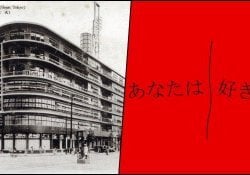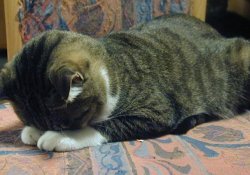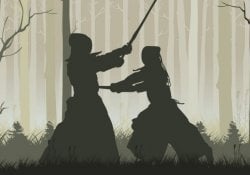Perhaps you already know that Seppuku or Harakiri is the Japanese art of committing suicide and dying with honor, preferred by the samurai to an execution. In this article, we go further, delving into every detail of this suicide culture and some unknown facts.
Did you know that the most used blade in Seppuku was not a Katana? Did you know that women also had a similar ritual? Do you know all of Harakiri's processes? Do you know the most famous who committed such an act?
Índice de Conteúdo
What do Seppuku and Harakiri mean?
Seppuku is a Japanese suicide ritual, which is part of the Samurai Code of Honor. The word seppuku [切腹] means “to cut the belly”. Seppuku is used in extreme situations such as failing to serve its master or losing in a war.
In the West this act is known more as harakiri [腹切 or 腹切り] where samurai, or warriors, honorably committed suicide out of love; honor and homeland. This act is used voluntarily as a choice to flee from the hands of enemies.
Seppuku is also a form of capital punishment for samurai who have committed serious crimes and other causes of shame. In its most basic form, seppuku is honorable suicide, committed ritualistically.
The knife used for the ritual is called Tantō or Kozuka. This knife is much easier to wield than a katana or sword, allowing for quick, accurate and clean cuts.
We also recommend reading:
- Chonmage: The hair of the samurai
- 10 fun facts about samurai you didn't know
- Bushido - 武士道 - The Samurai Way
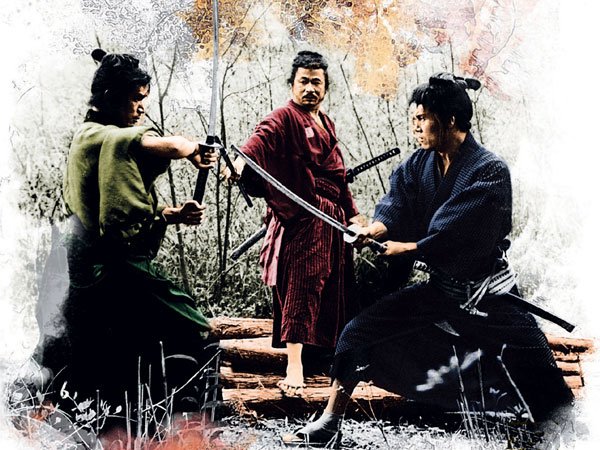
The complexity of a seppuku or harakiri
Proper Seppuku was so complex that even a master swordsman was required. Some rituals became so complex that the act could take days to plan and hours to enact.
The cut in the intestine is not the death blow, it is symbolic. The act requires a specific technique involving 3 moves.
Let's say you have the pain tolerance of a god and want to be especially honored in death. After the first three wounds, remove the knife, stab yourself in the stomach, and go through the previous cuts to the sternum.
In many cases, those who committed harakiri wrote poems as part of the ritual. So there are technical and literary aspects to seppuku. Is this one of the first reports of suicide letters?
It turns out that in addition to being tough warriors, the samurai were an educated class, educated in religion and the written word, both of which were strongly linked to poetry in feudal Japan. Believe it or not, some samurai were really good poets.
Some samurai wrote haiku, others waka. Death poems provide proof that the samurai understood the true nature of his death. These poems were typically influenced by Buddhist views of death.
Seppuku was anything but isolated. On the contrary, some were committed in a garden or in a sacred place, and were attended by several spectators. If you're planning seppuku, wash up beforehand and put on your best clothes.
We also recommend reading:
- Onna-Bugeisha – Samurai Women
- Tomoe Gozen - The story of the samurai warrior
- Sasumata – Samurai Weapon in Japanese Schools
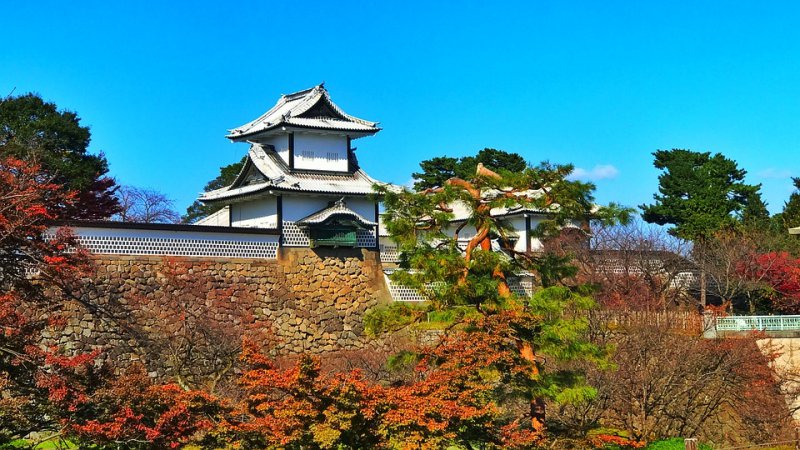
What is the origin and history of Seppuku?
The first documented case of seppuku dates to 1180. At that time, the Minamoto and Taira clans were at war, and the Taira decimated their enemy. The defeated clan's leader, Minamoto no Yorimasa, saw his life crumbling around him.
Warrior and poet, he preferred suicide to living a life of failure. There are several versions of the story of his death – according to one, he leaned on a massive pillar in his home and opened up his stomach.
Originally, seppuku was a military act, usually performed in battle or in the face of defeat. However, in the 1500s, it became a right allowed only for samurai and daimyo (feudal lords), being prohibited for some warriors.
Seppuku as an honorable alternative to execution by the samurai and daimyo class was, in theory, a right granted by the emperor. Those authorized to commit seppuku were given an ornate ceremonial knife and used it to cut the belly.
The decapitator returned the knife to the emperor as proof that the deed was done. Often committed as a result of dishonor or disloyalty to the Emperor. In some cases, he himself acted as judge, jury and executioner.
Such forced seppuku required little evidence or testimony. This form of obligatory seppuku continued until 1868, when it was finally banned. Seppuku was also permitted as an alternative to execution at the hands of the military or its enemy.
Instead of being killed, you could take the honorable path of choosing to end your own life. In such cases, you may retain some form of personal honor upon death. This voluntary method of seppuku has never been banned until today.
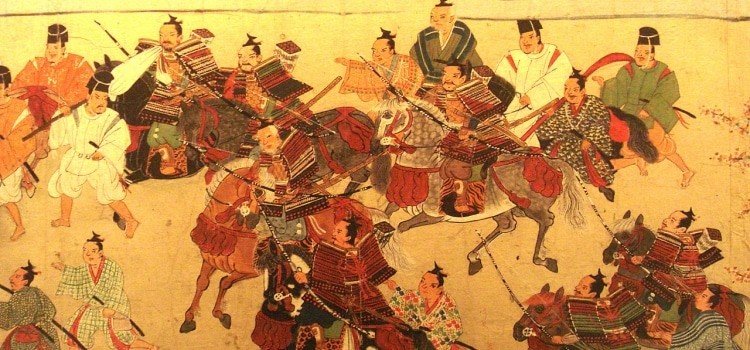
The article is still halfway through, but we recommend also reading:
How did the Seppuku ritual work?
Only for samurai (Suicide ceremony had bath; sake; last poem and even coup de grace.)
Harakiri, or seppuku, begins with the Samurai preparing himself with a bath, which he believed served to purify the body and soul. The warrior invited friends and relatives to witness his death and the regaining of lost honor and could wear a special white outfit to symbolize an upright and virtuous character.
The location chosen for the ceremony could be the interior of a house, but it was usually outdoors, in a Buddhist garden. Seppuku could not be done only in the gardens of Shinto shrines, holy places that should not be desecrated by death.
The samurai was seated on his legs. He would write the last poem on a small wooden table and drink the last sake in two gulps. Then he positioned the blade of the sword on the left side of the abdomen and struck himself.
After the first cut, the bravest ones brought the sword to the center of the body and raised it, aiming to reach the center of the abdomen. The Japanese believed that the soul was located there.
To strike himself, the warrior used a short sword (from 30 to 60 centimeters) called a wakizashi (脇差し). He held it holding a white handkerchief. Upon death, destroy all blades used in Seppuku.
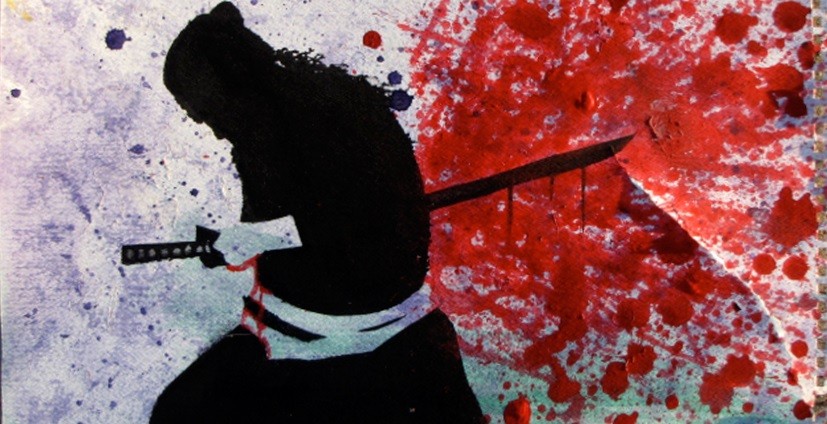
Kaishakunin - Seppuku is not done alone
Seppuku is not something you can do on your own (although some do cut their own throats). Perhaps you have seen movies, shows or comics in which a samurai, sitting in silence and solitude, stabs himself with a katana.
In reality, stabbing yourself in the stomach is just the first part of seppuku. You cut your abdomen to release your spirit from your body; after that, you are alive and in excruciating pain. Your assistant, a kaishakunin, decapitates you.
The kaishakunin [介錯人] is a very skilled second samurai who accompanied the ceremony. He could be a friend of the suicide or even an enemy, who, in recognition of his rival's bravery, offered to accompany his death.
The function of seppuku was to inflict a fatal and painful wound on the suicide. But as death sometimes took hours, the kaishakunin could deliver a coup de grace to end the life of the warrior, who had already proved his courage.
The single blow to the neck needed to be precise, keeping the head attached to the body by a piece of skin. If he cuts himself all over her, making her roll on the floor, it could be considered a great lack of respect.
The would-be decapitators invited to participate in a seppuku could only refuse on the grounds that their sword technique is inadequate. If at any time your assistant sees you hesitate, he can cut your head off.
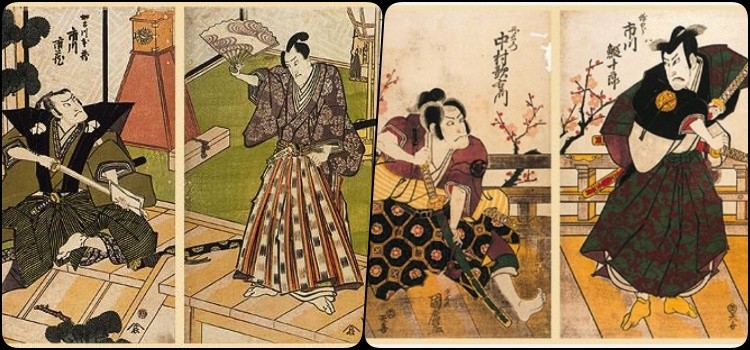
Jigai - Female Harakiri
As Seppuku was a popular act among warriors, most women were left out. What few know is that the woman had her own Harakiri ritual and could commit honorable suicide on occasions.
If you were the wife of a samurai or a woman involved in war, raped, had her husband killed, dishonored, or lost her home, the woman could choose to end her life with a jigai, which in some cases was mandatory.
Committing jigai starts with tying the body in a specific pose with a rope, to avoid an ugly death (Japanese women were required to be proper and beautiful at all times).
Once secured, take a very sharp knife and cut the artery in the neck in one fell swoop. Jigai caused a very quick death, but was also very messy, creating a deluge of blood.
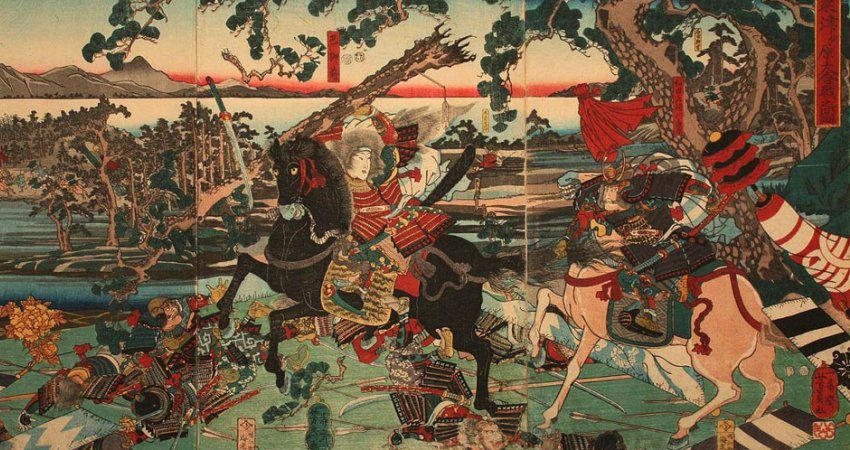
SEPUKU AND THE BUSHIDO - Samurai Honor Code
Seppuku is part of the samurai code of honor, Bushido (武士道). He was taken quite seriously by the samurai at the time. They surrendered their lives to their master, they themselves did not accept faults. We saw that even today the Japanese like to keep a perfect rhythm in things, and they don't like failure.
'For a samurai, honoring the name of his family and his ancestors is said through death in battle or duel, but not necessarily. And to fail, before his lord, was the greatest dishonor for the warrior, who in the end, had no choice but to commit suicide. This is only possible by the standards that govern the samurai warrior through bushido.'
In case the samurai did something dishonorable and didn't perform Seppuku. He would become a Ronin [浪人], a masterless samurai, and would find no other master to hire him.
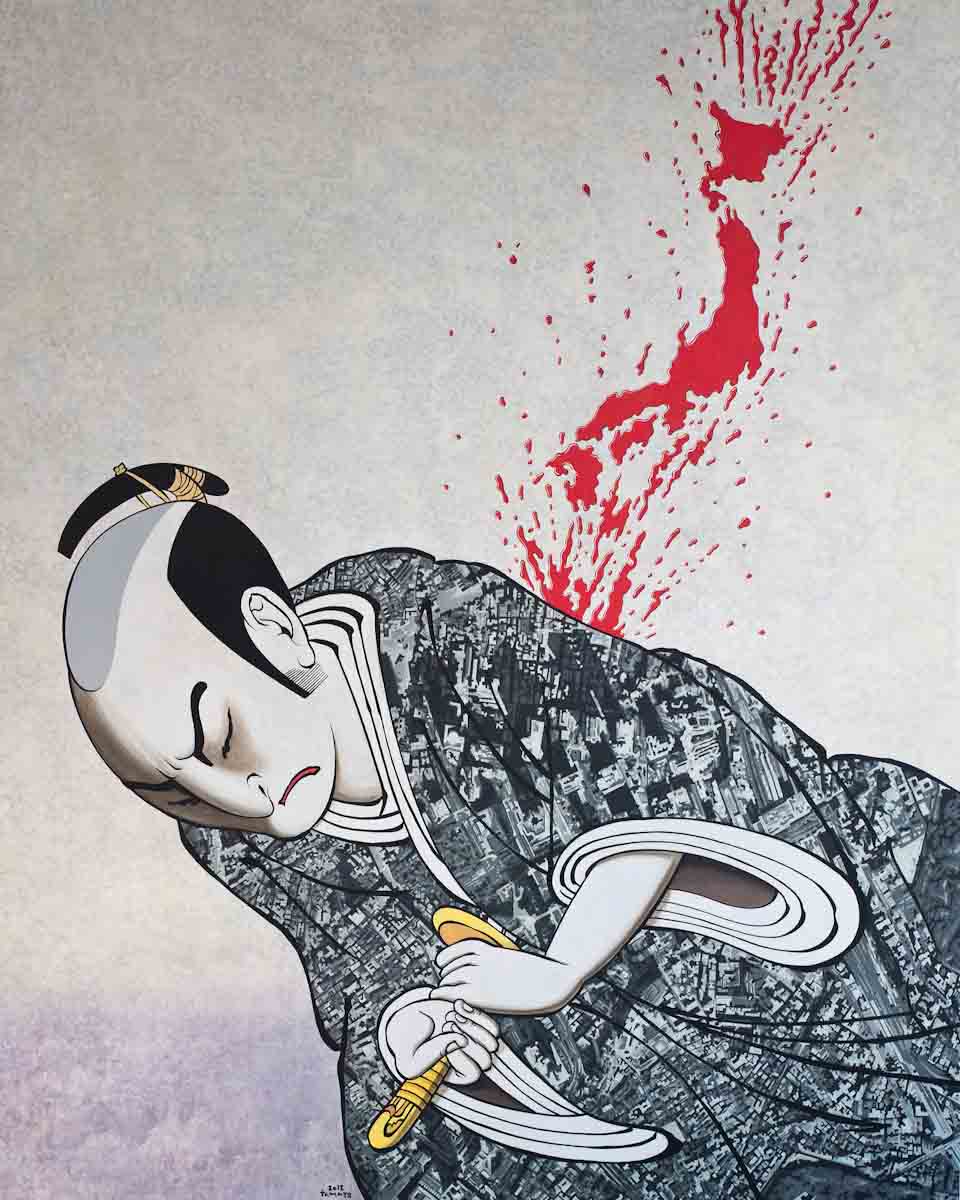
Japanese people who committed seppuku
Kusunoki Mashige (1294 to 1336) - He committed seppuku after the emperor he served ignored his advice during a war, which resulted in the battle being lost.
Ōishi Kuranosuke Yoshio + 46 Ronin - They were sentenced to commit seppuku after avenging the death of Asano Naganori. Asano Naganori himself committed harakiri for his failed attempt to kill Kira Yoshinaka at Edo Castle.
General Akashi GIDAYU - He committed harakiri for his master after he lost a battle in 1582. Miyamoto Musashi's adopted son committed harakiri for the death of his lord.
In 1970, renowned novelist Yukio Mishima and his followers committed harakiri while advocating a political revolution against the post-war constitution. Embarrassed by the mockery, he marched to the general's office and committed seppuku.
In the 19th century, warriors killed Frenchmen they considered hostile during their arrival on Sakai. The Ship's Captain demanded compensation, of these 11 warriors committed seppuku, the scene was so horrible that the captain couldn't watch.
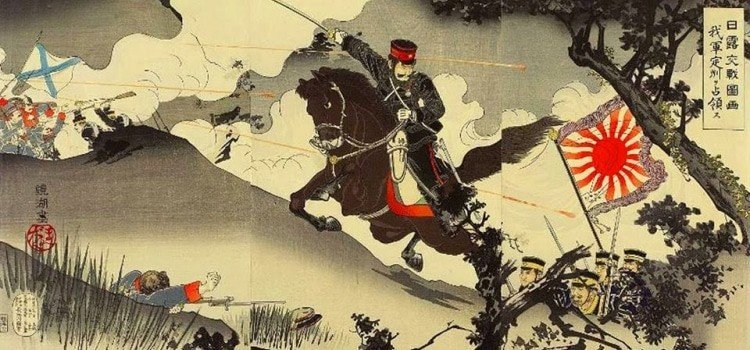
Jumonji Giri - No cuts on the head
Isn't Seppuku nasty enough for you? There is an alternate version called jumonji giri where the a has no decapitation. That is, you just cut your belly in the traditional way and bleed to death.
Admiral Takijiro Onishi, responsible for kamikazi racing in World War II, killed himself this way with the surrender of Japan. He took 15 hours to die.
General Nogi also committed jumonji giri, in 1912, and was so unconditional that he completely buttoned his military uniform over his wounds before waiting for the end.
How did Seppuko Influence Japan?
It is very common to see references to seppuku in anime and manga, I remember this in Love Hina, and in other anime that escaped me now.
And how not to mention the Movie 47 Ronin, despite the unrealities, it was a tragic ending, the seppuku, it was quite sad. I made an image highlighting some references in anime and film. See if they recognize.
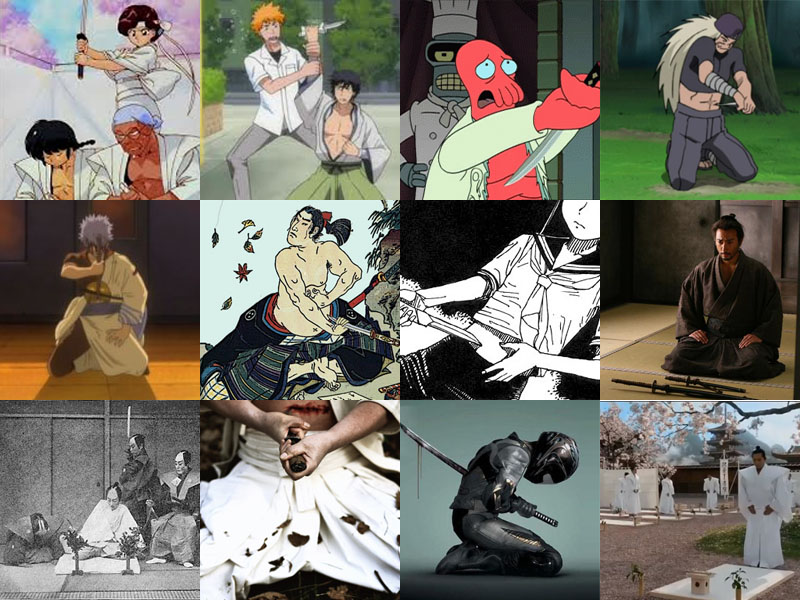
We can certainly say that the culture of suicide in Japan was heavily influenced by Seppuku or Harakiri. Even though the rate has dropped over the past 30 years, suicides in Japan are over 20,000. Was Seppuku responsible?
Another great example is the kamikazes in World War II. We realize that both seppuku and the honor of the samurai have culturally influenced Japan today.
Unfortunately, thousands of Japanese commit suicide due to dishonorable reasons. However, they maintain their loyalty and take their work and lives seriously, valuing things and exerting themselves to the fullest, to the point of feeling shame.
To finish this article, we will leave you some videos showing the Seppuku process. If you liked the article, share it and leave your comments. Thank you and see you next time!



